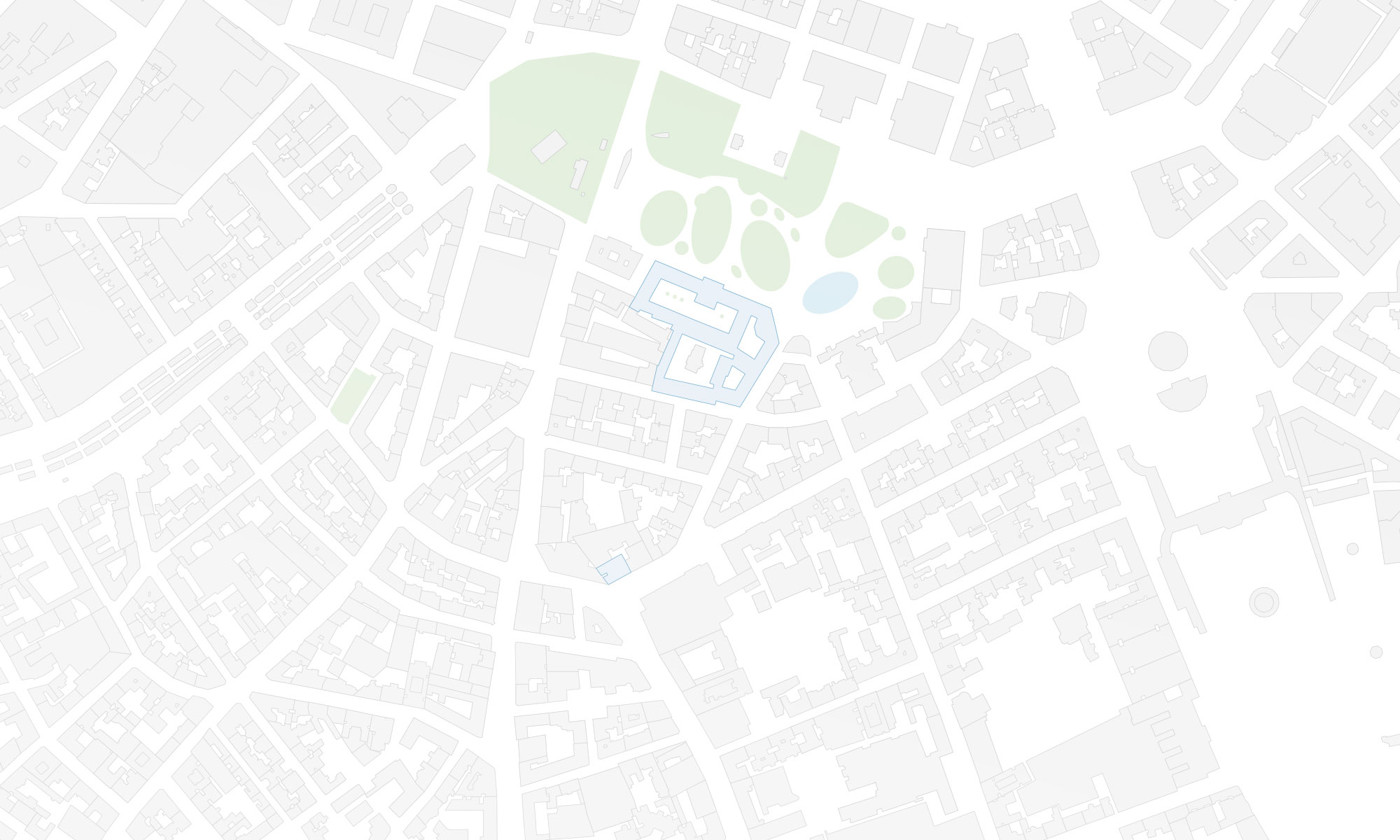The aim of ways2navigate is to close information deficit of pedestrians with novel navigation technologies. The project examines in a user-centered approach, which conditions and target groups are suitable for digital map, language and augmented reality technology in order to support pedestrians in an urban environment.
Using public means of transport, the bicycle or simply walking – in order to make alternative kinds of daily locomotion attractive, innovative supportive measures are needed to get humans efficiently to their point of destination. As reams of electronic assistance systems are offered within the context of individual car traffic, they are of limited use for travellers using public transport or for cyclists. Pedestrians mostly have to get along without any electronic assistance systems. Because of a lack of navigation solutions, tasks like route planning or wayfinding are still mostly done by using traditional means of orientation (e.g. paper maps), asking the way or simple intuition. Even guidance systems for public transport, such as electronic time tables or info terminals, sidewalks are only considered marginally. In effect there are deficits in the mobility chain, especially in terms of wayfinding for distances which can be easily covered by foot. This fact applies to the “last mile” from where one left public transport to actually reaching the point of destination.
Therefore the main goal of the project is to study how the information deficit of pedestrians can be closed effectively with novel navigation technologies. ways2navigate aims at increasing the degree of usability (for individual wayfinding) and personalisation of pedestrian navigation systems for daily life, especially in urban settings. In order to reach this goal ways2navigate studies different navigation concepts from which essential technological conditions and target group specific parameters for future pedestrian navigation solutions are derived. The project investigates the suitability of language and Augmented Reality2 based navigation concepts in comparison to digital maps for transmitting navigation and route information to pedestrians. These technologies (digital maps, language and Augmented Reality) are tested with the help of a scientifically proven metric both quantitatively and qualitatively. The approach is evaluated on the basis of test routes in the pilot region “Andräviertel” in Salzburg in three iterative experiments with 20 test persons each. The results contribute to a knowledge base which deals with the question under which conditions and for which target groups a deployment of the afore mentioned technologies is meaningful in navigation systems.
Funding programme: FFG, ways2go
Duration: 20 months

